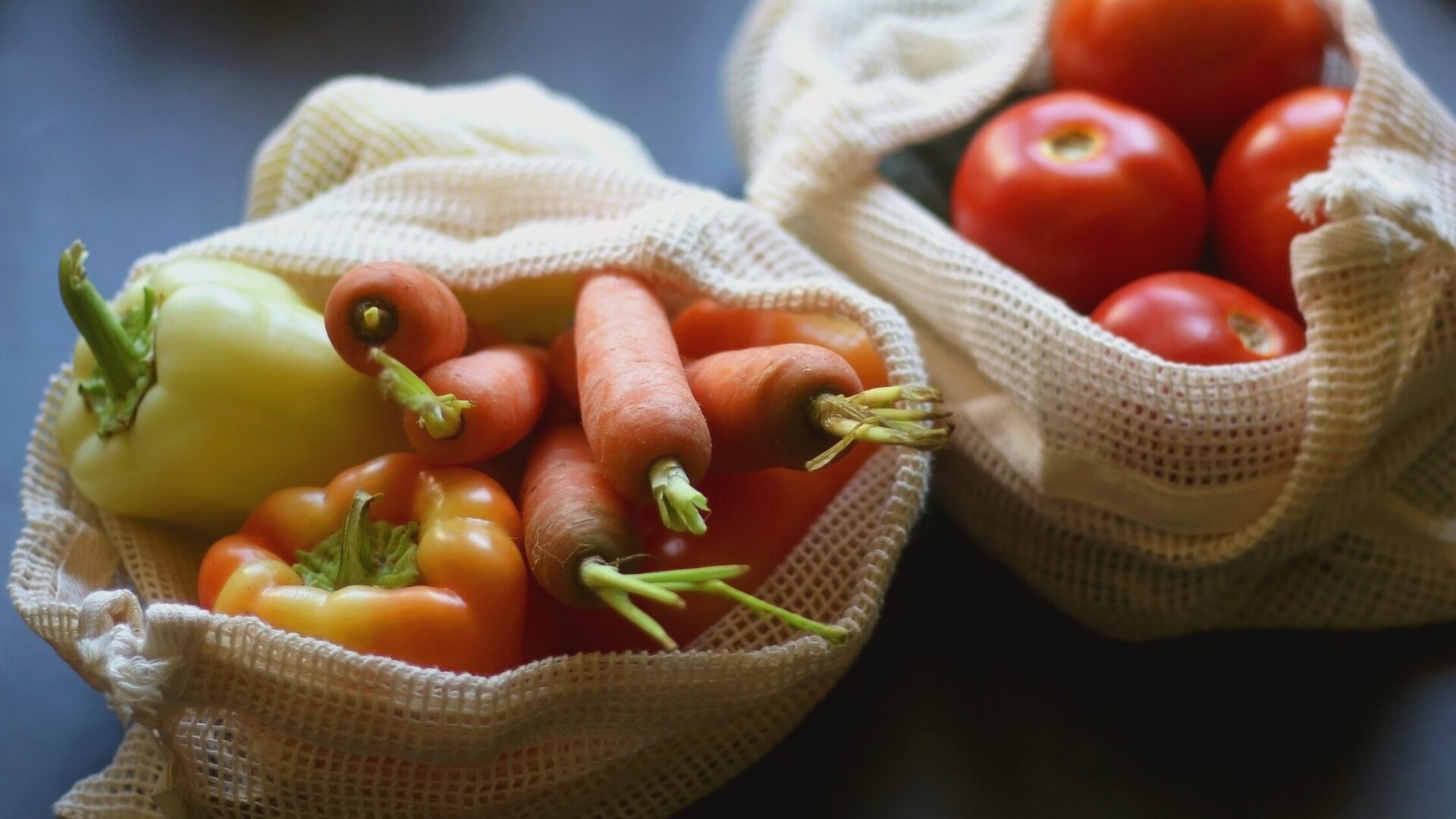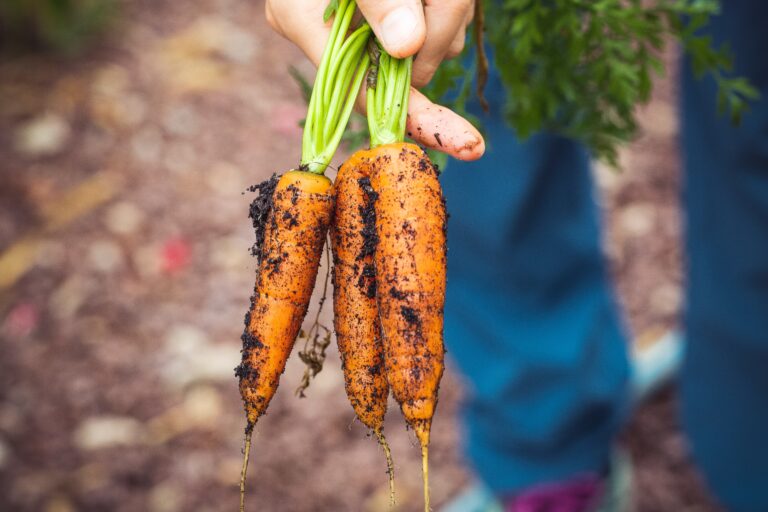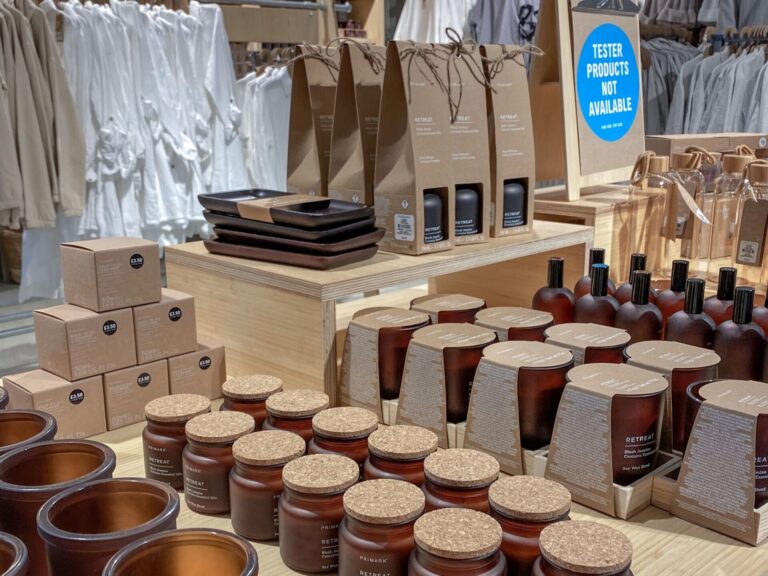I’ll be honest—few years ago, if you’d asked me about “sustainable eating,” I would have imagined expensive organic stores and perfectly curated Instagram feeds. The whole concept felt out of reach, reserved for people with more time and money than I had.
But then I started noticing something. Terms like “plant-based” and “carbon footprint” weren’t just appearing in environmental documentaries anymore—they were everywhere. Friends were talking about Meatless Mondays. My favorite coffee shop started offering oat milk version of cappuccino.
I found myself standing in the produce aisle, holding a plastic-wrapped cucumber, suddenly wondering: Does this choice actually matter?
The answer, I’ve learned, is yes. But not in the overwhelming, all-or-nothing way I’d feared.
The Climate Connection We Can’t Ignore
Here’s the reality that changed how I think about meals: our global food system is responsible for roughly one-third of all human-caused greenhouse gas emissions. That’s not a small number. It’s not even close.
The biggest contributors? Agriculture and land use. When cattle digest their food, they release methane. When we clear forests for farmland, we release stored carbon dioxide. When we apply synthetic fertilizers to fields, nitrous oxide enters the atmosphere. Each step of bringing food to our tables carries an environmental cost.
And then there’s what happens after food reaches us. The meals we let go bad in the back of the fridge, the leftovers we toss because we cooked too much, the produce we throw away because it’s past the expiration date—all of this waste accounts for 8-10% of global emissions. We’re literally heating the planet with uneaten food.
Meanwhile, climate change is threatening the very food systems we depend on. Droughts reduce crop yields. Heat waves stress livestock. Changing rainfall patterns don’t just affect how much food we can grow—they actually reduce the nutritional content of staple grains. We’re caught in a vicious cycle: our food choices accelerate climate change, and climate change threatens our food security.
When I really understood this connection, my relationship with food shifted. This wasn’t about following a trend—it was about recognizing my role in a much larger story.
Not All Foods Are Created Equal
If you’re wondering which foods have the biggest environmental impact, the research is clear: animal products dominate the landscape.
Consider this: livestock farming provides just 18% of the world’s calories and 37% of our protein, yet it uses 83% of agricultural land and generates 58% of food-related emissions. Producing a single kilogram of beef requires approximately 15,500 liters of water. For comparison, rice needs only 1,670 liters per kilogram.
Red meat, dairy, and farmed shrimp consistently rank as the most resource-intensive foods. A meat-heavy, low-carb diet can generate about 3 kilograms of CO2 per 1,000 calories consumed.
Plant-based foods tell a different story. Fruits, vegetables, whole grains, legumes, nuts, and lentils generally require less energy, land, and water. Research shows that adopting a vegan diet can reduce greenhouse gas emissions by 75%, water pollution by 75%, land use by 75%, wildlife destruction by 66%, and water use by 54% compared to a meat-heavy diet.
Even if going fully vegan isn’t realistic for you (it wasn’t for me initially), shifting toward a predominantly plant-based diet—like the Mediterranean approach, which includes small amounts of meat and dairy—creates significant environmental benefits.
What “Sustainable Eating” Actually Means
The Food and Agriculture Organization and World Health Organization define sustainable healthy diets as patterns that promote health and wellbeing while maintaining low environmental impact, cultural acceptability, and economic accessibility.
Notice what’s not in that definition: Perfection. Deprivation. Expensive specialty stores.
When we talk about eco-friendly foods and sustainable diets, we’re talking about a holistic approach that benefits multiple areas simultaneously:
For the planet: Plant-forward eating reduces pressure on water and land resources. It lowers the risk of water and air pollution from agricultural runoff. It protects biodiversity and strengthens food system resilience against future climate shocks.
For our health: The so-called “Planetary Health Diet” isn’t just good for Earth—it could prevent one in five deaths worldwide by reducing diet-related diseases like heart disease, diabetes, and certain cancers. Diets rich in vegetables, fruits, whole grains, nuts, and legumes consistently show protective health effects.
For our wallets: Contrary to popular belief, sustainable diets don’t have to be expensive. Plant-based staples like beans, lentils, and seasonal produce are often more affordable than meat and processed foods.
How to Actually Start (Without Overhauling Your Life)
After learning all this, I wanted to make changes. But I also had a limited budget, and zero interest in becoming someone who lectures others about their lunch choices.
Here’s what actually worked for me:
Embrace the Plant-Based Spectrum
You don’t need to go vegan overnight. I started with one fully plant-based day per week—usually after a day when I’d had meat or fish. Monday became my unofficial “plant-forward” day, and I challenged myself to find genuinely delicious recipes, not just “healthy but boring” meals.
Gradually, I increased my ratio of plant-based meals simply because I discovered how satisfying they could be. Japanese tofu-based meal. Vegetable curry. And hearty nabe hot pot filled with seasonal vegetables. These weren’t sacrifices—they were discoveries.
When I do eat animal products now, I’m more intentional. I’ve reduced red meat to maybe once a month, and I prioritize quality over quantity—choosing sustainably raised options when possible.
Think Local and Seasonal
I’ve started shopping at local organic shops and small local shops instead of defaulting to the supermarket for everything. Yes, it requires an extra stop, but the vegetables are noticeably fresher, and there’s something grounding about knowing where your food comes from and who grew it.
Seasonal eating also forced me to be more creative. Rather than buying the same ingredients year-round, I now explore what’s abundant in each season. It’s made cooking more interesting and—bonus—seasonal produce is usually cheaper and more nutritious.
Looking for organic vegetable delivery services? Check here
Get Serious About Food Waste
I used to be terrible about letting things go bad. Now, I do a quick fridge inventory before grocery shopping. I plan meals around what I already have. I’ve learned to freeze leftovers immediately rather than letting them languish.
I keep a reusable bag permanently in my purse (life-changing, honestly). Some stores near me now accept reusable containers for prepared foods—I felt awkward the first time, but the staff were enthusiastic, and the reduction in plastic packaging made it worthwhile.
Looking for reusable bags? Check here
The Bigger Picture: Redefining Abundance
As I’ve continued this journey, I’ve noticed something unexpected. My relationship with food has deepened. Meals feel more meaningful.
I used to choose food based purely on taste, convenience, and price. Now I also consider: Where did this come from? How was it produced? What impact does it have?
This isn’t about guilt or perfectionism—it’s about awareness. It’s about shifting from being a passive consumer to an active chooser. And honestly? It feels good. It feels like my daily decisions actually align with my values.
I understand the “what difference can one person make?” question. I’ve asked it myself. But here’s what I’ve come to believe: if enough of us make small, consistent changes, those individual actions compound into something significant.
The meal you choose today is connected to tomorrow’s climate, tomorrow’s food security, tomorrow’s ecosystems. When you think about it that way, every meal becomes an opportunity—not a burden, but a chance to participate in building the future we want.
Your Next Step
You don’t need to overhaul everything at once. Pick one action from this article—maybe it’s trying one plant-based dinner this week, or checking where your vegetables come from at the grocery store, or finally keeping that reusable bag in your car.
Start small. Stay curious. Be patient with yourself.
Sustainable eating isn’t about perfection. It’s about direction. And every step in that direction matters more than you might think.
Sources:
Environmental-sustainability-in-national-food-base.pdf
FAO and WHO, Sustainable Healthy Diets – Guiding principles
Sustainable food systems and nutrition in the 21st century: a report from the 22nd annual Harvard Nutrition Obesity Symposium – PMC








